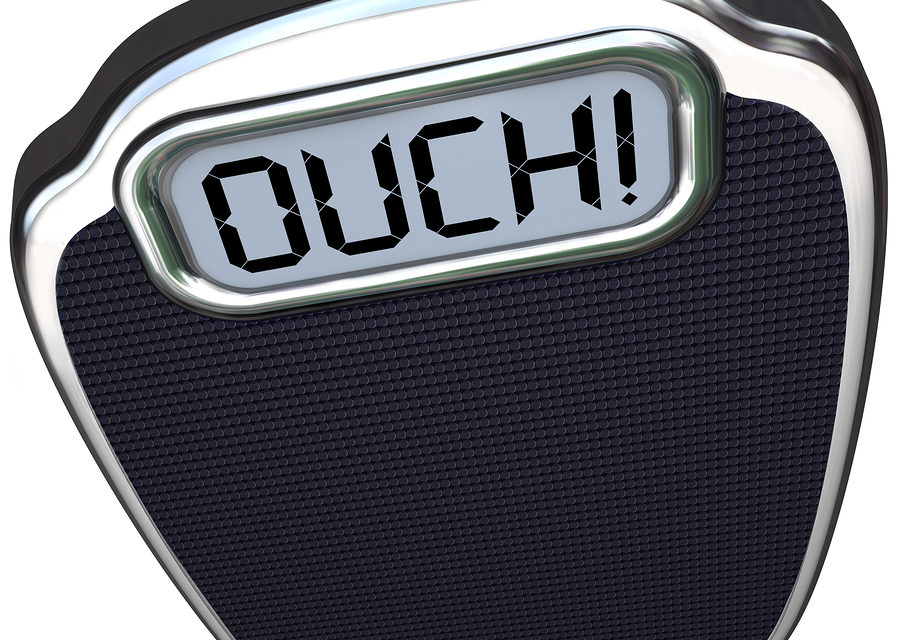A study published in the journal, Pain (2003; 104(3):549-57) followed over 1100 patients who had been treated for obesity (either surgically or non-surgically). The researchers found that hip, ankle, knee, neck and back pain was more common in obese patients than in the general population. Two years after bariatric surgery, the amount of pain suffered by the subjects was decreased.
The fact that overweight people suffer from more joint pain than those who are not overweight, is fairly obvious. But, according to other research performed at Ohio State University and Duke University, and presented in a paper to the annual meeting of the American Psychosomatic Society in March of 2006. All of the study’s 62 participants had osteoarthritis of the knee joint. About a third of the participants were deemed to be obese. Those deemed to be obese had a BMI between 30 and 35. Your BMI is your “Body Mass Index” and it is calculated by dividing your weight (in kilograms) by your height (in meters) squared; BMI = kg/m2. A BMI greater than 30 is considered obese and one greater than 35 is considered morbidly obese.
The subjects were subjected to a painful electrical stimulus in a nerve that goes into the calf muscle (the sural nerve). The obese patients did not tolerate the painful stimulus as well as the non-obese patients.






